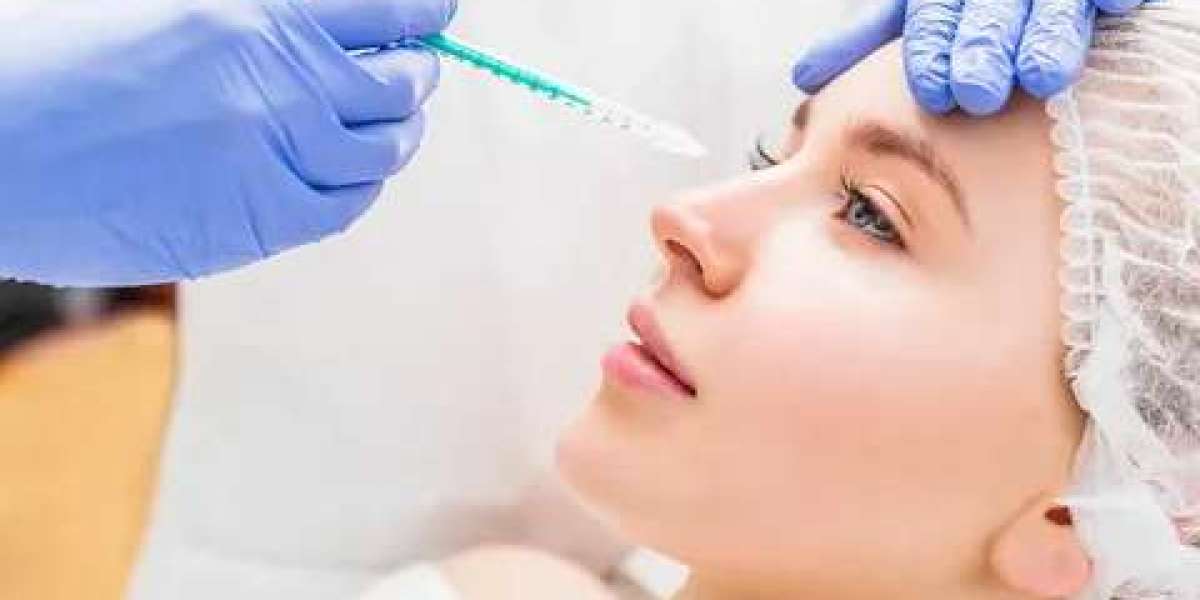Rhinoplasty, commonly known as a nose job, is a transformative surgical procedure that can significantly enhance both the appearance and functionality of the nose. For residents of Dubai considering rhinoplasty, adequate preparation is essential for a successful outcome. This step-by-step guide outlines what to expect during the preparation of Rhinoplasty Surgery in Dubai phase, ensuring you feel informed and confident as you embark on your journey.
Step 1: Research and Consultation
Understand the Procedure
Before making any decisions, it’s crucial to understand what rhinoplasty entails. The procedure can correct various issues, including size, shape, and structural abnormalities. Research the different types of rhinoplasty, such as open and closed techniques, and determine which might be best suited for your needs.
Choose the Right Surgeon
Selecting a qualified and experienced plastic surgeon is paramount. Look for board-certified surgeons in Dubai who specialize in rhinoplasty. Review their credentials, read patient testimonials, and request before-and-after photos of previous patients. A reputable surgeon will provide a thorough consultation to discuss your goals and expectations.
Schedule a Consultation
During your initial consultation, discuss your motivations for surgery, any specific concerns, and desired outcomes. The surgeon will perform a physical examination, evaluate your nasal structure, and may use 3D imaging to help visualize potential results. This meeting is also an opportunity to ask questions about the procedure, recovery, and costs.
Step 2: Preoperative Preparations
Medical Assessment
Your surgeon may require a complete medical assessment to ensure you are a suitable candidate for surgery. This may include blood tests and imaging studies to assess the internal structures of your nose.
Disclose Medical History
It’s essential to provide your surgeon with a comprehensive medical history, including any allergies, previous surgeries, and current medications. Certain medications, especially blood thinners like aspirin and ibuprofen, should be avoided in the weeks leading up to surgery.
Lifestyle Adjustments
Adopting a healthy lifestyle can contribute to a smoother recovery. Focus on maintaining a balanced diet, staying hydrated, and exercising regularly. If you smoke, consider quitting at least a few weeks before the surgery, as smoking can impede healing.
Step 3: Planning for Recovery
Arrange for Transportation
Since rhinoplasty is typically performed under general anesthesia, you will need someone to drive you home after the procedure. Make arrangements for transportation in advance, as you may still be groggy from the anesthesia.
Prepare Your Recovery Space
Create a comfortable recovery environment at home. Stock up on essentials such as pillows (to keep your head elevated), ice packs (to reduce swelling), and any prescribed medications. Having your space prepared will help facilitate a restful recovery.
Inform Your Employer
If your job requires physical activity or prolonged concentration, inform your employer about your surgery and request time off. Most patients need about a week off from work, but this can vary depending on individual recovery times.
Step 4: The Day Before Surgery
Follow Preoperative Instructions
On the day before surgery, adhere strictly to your surgeon’s preoperative instructions. This may include dietary restrictions, such as fasting after a certain time. Avoid alcohol and recreational drugs, as they can interfere with anesthesia and recovery.
Stay Calm and Relaxed
It’s normal to feel anxious before surgery. Engage in calming activities, such as reading, practicing meditation, or taking a warm bath. Ensuring you have a peaceful evening can help reduce pre-surgery jitters.
Step 5: Day of Surgery
Arrive Early
On the day of your surgery, arrive at the surgical facility with ample time to spare. This allows for any final paperwork and preparations. You will be greeted by the surgical team, who will go over the procedure one last time.
Prepare for Anesthesia
Before the surgery begins, the anesthesiologist will discuss the anesthesia process with you. They will monitor your vital signs throughout the procedure to ensure your safety and comfort.
Step 6: Postoperative Care
Follow Up with Your Surgeon
After the surgery, you will be monitored in a recovery area. Once you are stable, your support person will be allowed to accompany you home. Schedule a follow-up appointment with your surgeon to monitor your healing and remove any stitches if necessary.
Adhere to Aftercare Instructions
Your surgeon will provide detailed aftercare instructions, including guidelines on managing pain, swelling, and potential side effects. It’s crucial to follow these instructions closely for optimal recovery.
Be Patient
Swelling and bruising are common after rhinoplasty, and it may take several months to see the final results. Be patient with your healing process and avoid strenuous activities for at least a few weeks.
Conclusion
Preparing for rhinoplasty surgery in Dubai involves careful planning and consideration. By following this step-by-step guide, you can ensure you are well-prepared for both the procedure and recovery. Remember that open communication with your surgeon is key; don’t hesitate to ask questions or voice concerns throughout the process. With the right preparation, rhinoplasty can be a life-changing experience that enhances your confidence and quality of life.








